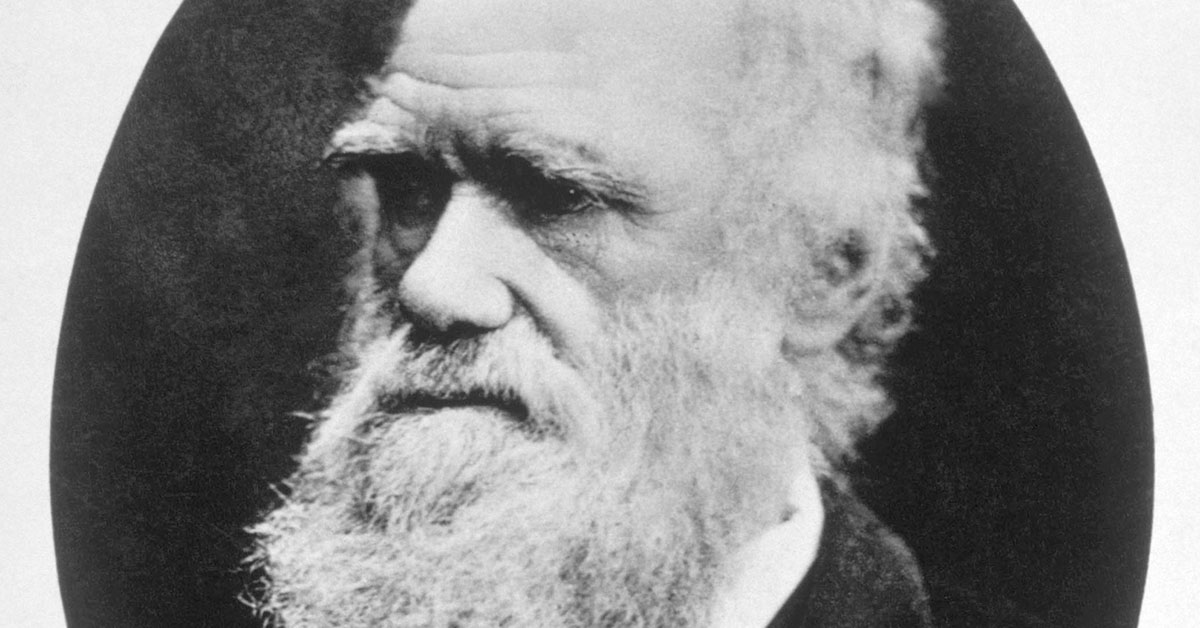Photography, a relatively recent innovation, emerged about two centuries ago with the creation of the first true photograph. However, this period merely scratches the surface of recorded history. In the absence of photographic documentation for much of history, historians have resorted to imaginative reconstructions of famous historical figures. Despite the increasing prevalence of photography post-invention, there exists a twilight era where some historical figures were captured on camera, yet these rare images remain relatively obscure. The preservation of these figures through the lens of a camera is truly remarkable. Consider acknowledging these unexpected glimpses into history by giving recognition to the images that surprise you the most.
Read More: 30 Then and Now Photos of Historical Places Showing How Quickly Things Change
1. President Abraham Lincoln
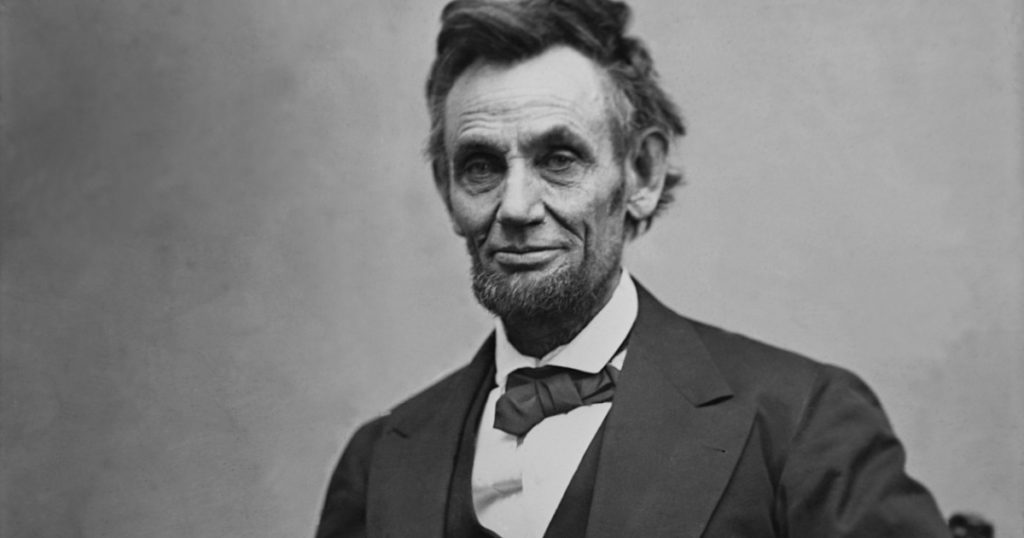
Abraham Lincoln, the sixteenth President of the United States, is a figure universally recognized. Renowned as both a national hero and martyr, Lincoln is celebrated for his pivotal role in preserving the Union and abolishing slavery. Frequently acclaimed in both popular and scholarly assessments, he often holds the title of America’s greatest president. This image encapsulates Lincoln’s essence. A towering, dark-haired, somewhat gaunt figure bearing the burdens of the Union (and the nation) upon his shoulders.
2. President Andrew Jackson
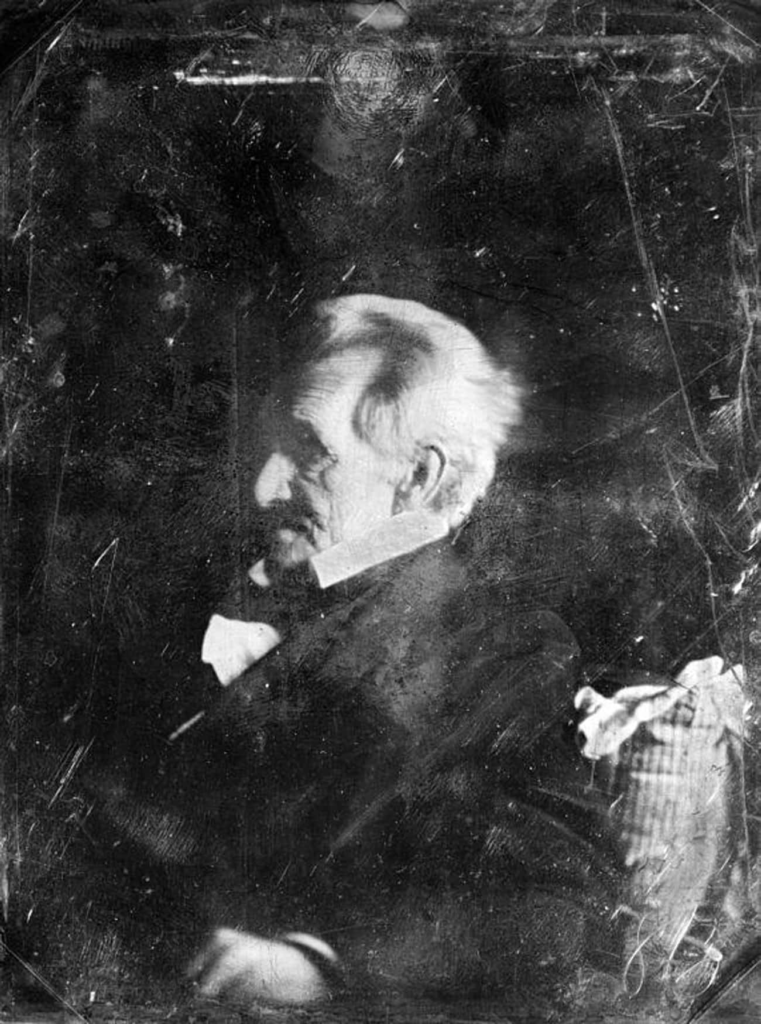
Andrew Jackson (1767-1845), a figure of great controversy, emerged from humble beginnings to become a successful lawyer, war hero, and eventually the President of the United States. While he portrayed himself as a champion of the common people, his detractors labeled him a tyrant. Jackson’s treatment of Native Americans is widely condemned. He turned a blind eye as Georgia unlawfully seized land allocated to the Cherokee by the US Supreme Court. Directly contributing to the devastating Trail of Tears, during which thousands of Cherokee lost their lives. This daguerreotype, believed to have been captured by Edward Anthony between 1844 and 1845 and produced by the Mathew Brady studio, offers a glimpse into the visage of a man who left an indelible mark on American history. For better or for worse.
3. Charles Darwin
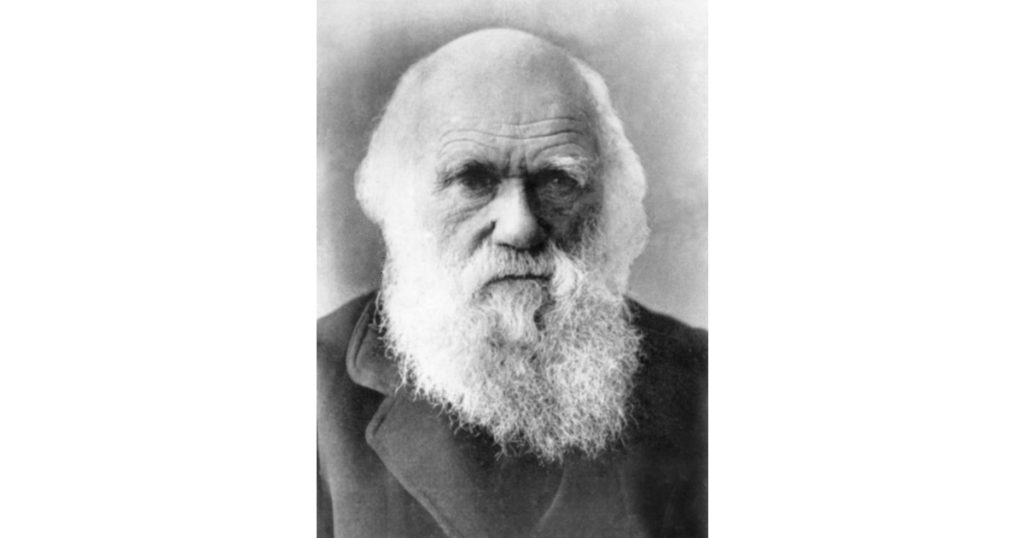
Charles Darwin, a renowned scientist and historical figure of the 19th century, achieved fame for his groundbreaking contributions to the science of evolution. Darwin formulated the concept that all species share a common ancestry, a theory that revolutionized biology and remains foundational today. This image captures Darwin in his later years, shortly before his passing in Downe, U.K., in 1882. His seminal work, “On the Origin of Species,” remains essential reading for those intrigued by evolution. To delve deeper into Darwin’s ideas and their profound impact on our understanding of life, one can easily order the book on Amazon.
Read More: 25 Historical Photos From Unique Perspectives
4. Annie Oakley
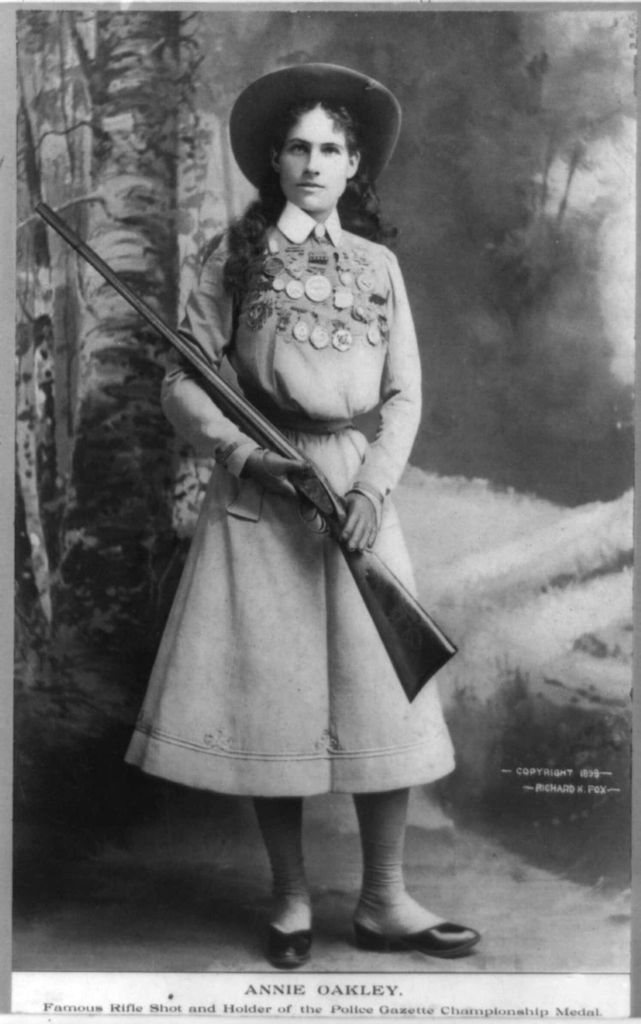
While not born Annie Oakley (1860-1926), she undeniably possessed remarkable marksmanship skills. At the age of 15, she surpassed professional sharpshooter Frank Butler in a shooting contest. Leading to their marriage and collaboration. Initially Butler’s assistant, Oakley’s exceptional talent soon eclipsed his own, prompting him to support her career by assuming the role of her assistant instead. Oakley achieved global renown as a member of Buffalo Bill’s Wild West Show, captivating audiences with her precision shooting. Her feats included shattering glass balls mid-air, hitting playing cards with pinpoint accuracy, and even dislodging a cigarette from Butler’s mouth. Revered by Chief Sitting Bull as “Little Sure Shot” and acknowledged by Queen Victoria as a “very clever little girl.” Oakley left an indelible mark on the world stage.
5. Butch Cassidy
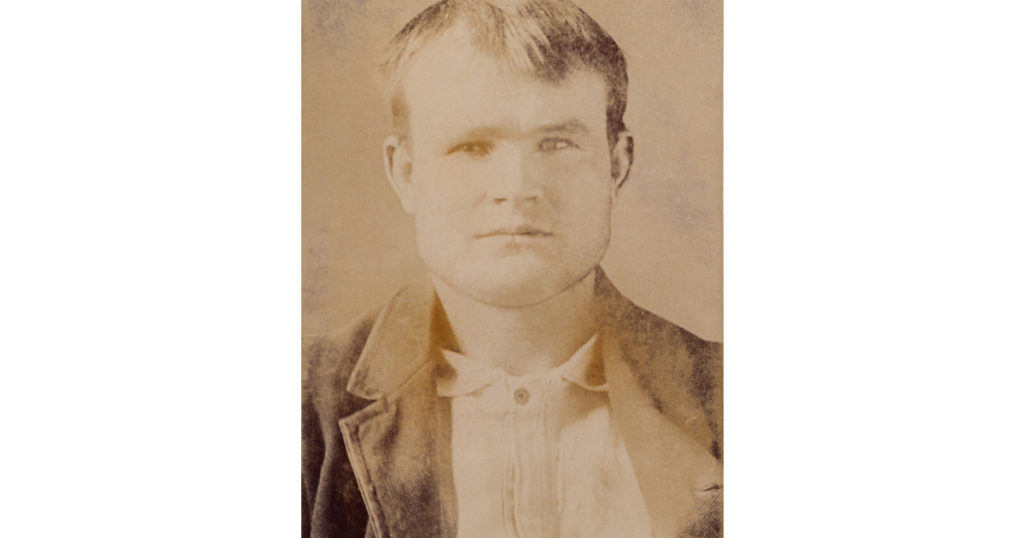
Butch Cassidy and the Sundance Kid weren’t just fictional characters; they were actual historical figures. Butch Cassidy, renowned as one of the most infamous outlaws of the Old West, made a name for himself by brazenly robbing trains and banks. Leading the notorious gang known as “The Wild Bunch” during the late 1800s, Cassidy was originally named Robert Parker but adopted his infamous alias while evading capture. While it may be difficult to imagine someone robbing a Union Pacific carrier in modern times, train and bank robberies kept the Victorian Era populace on edge.
6. Arthur Wellesley, 1st Duke Of Wellington
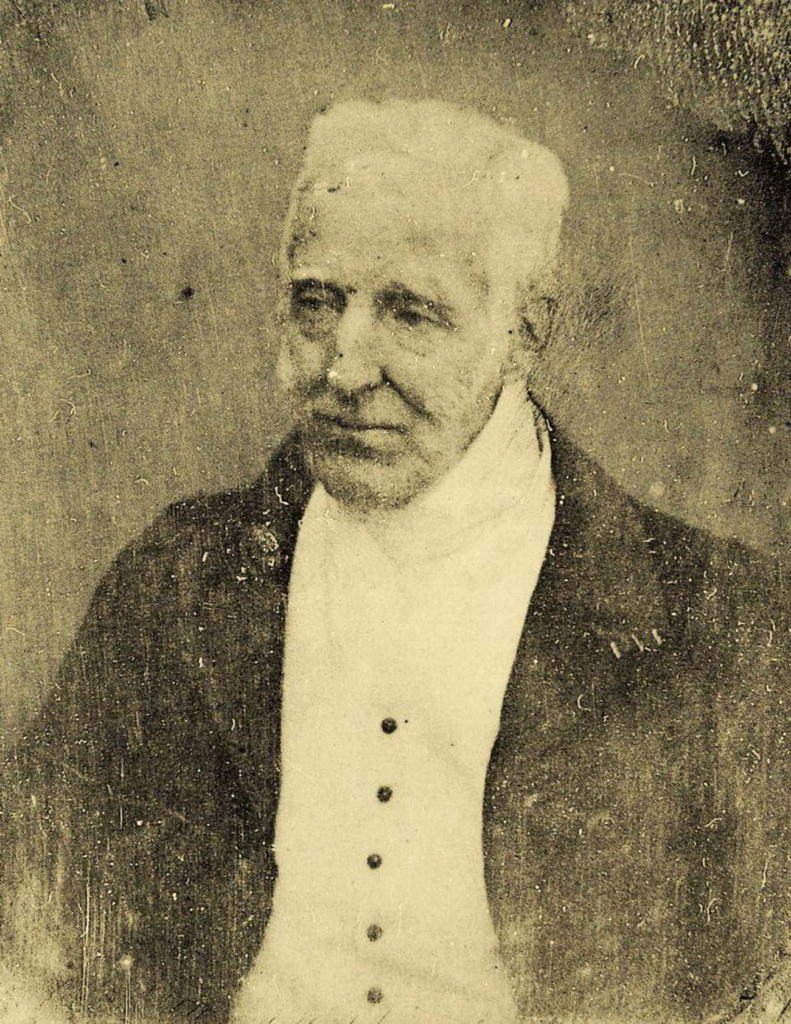
Arthur Wellesley (1769-1852), known by various formal titles including the 1st Duke of Wellington, distinguished himself as a prominent military leader and commander of the British army during the Napoleonic Wars. His triumph at the Battle of Waterloo, as noted by Britannica, solidified his status as Europe’s preeminent hero. Following this decisive victory, Wellesley went on to serve as the Prime Minister of Britain from 1828 to 1830. Further cementing his legacy as a statesman of great significance.
Read More: 30 Rare Photos Reveal The Unseen Side Of Things, And It Will Change The Way You See The World
7. Buffalo Bill

While many may recognize the name Buffalo Bill from the movie “Silence of the Lambs,” the man himself was a renowned showman of the Wild West. Buffalo Bill, depicted in this image, possessed a diverse array of skills. Serving as a soldier, bison hunter, and captivating performer. During the 1860s, Buffalo Bill played a crucial role in providing sustenance for railroad construction crews by hunting down buffalo. His remarkable prowess in this endeavor led to the reported tally of 4,280 buffalo, earning him the title of the Plains’ champion buffalo hunter. However, it’s worth noting that such hunting practices would draw significant criticism from organizations like PETA if conducted today.
8. Billy the Kid – one well-known historical figure
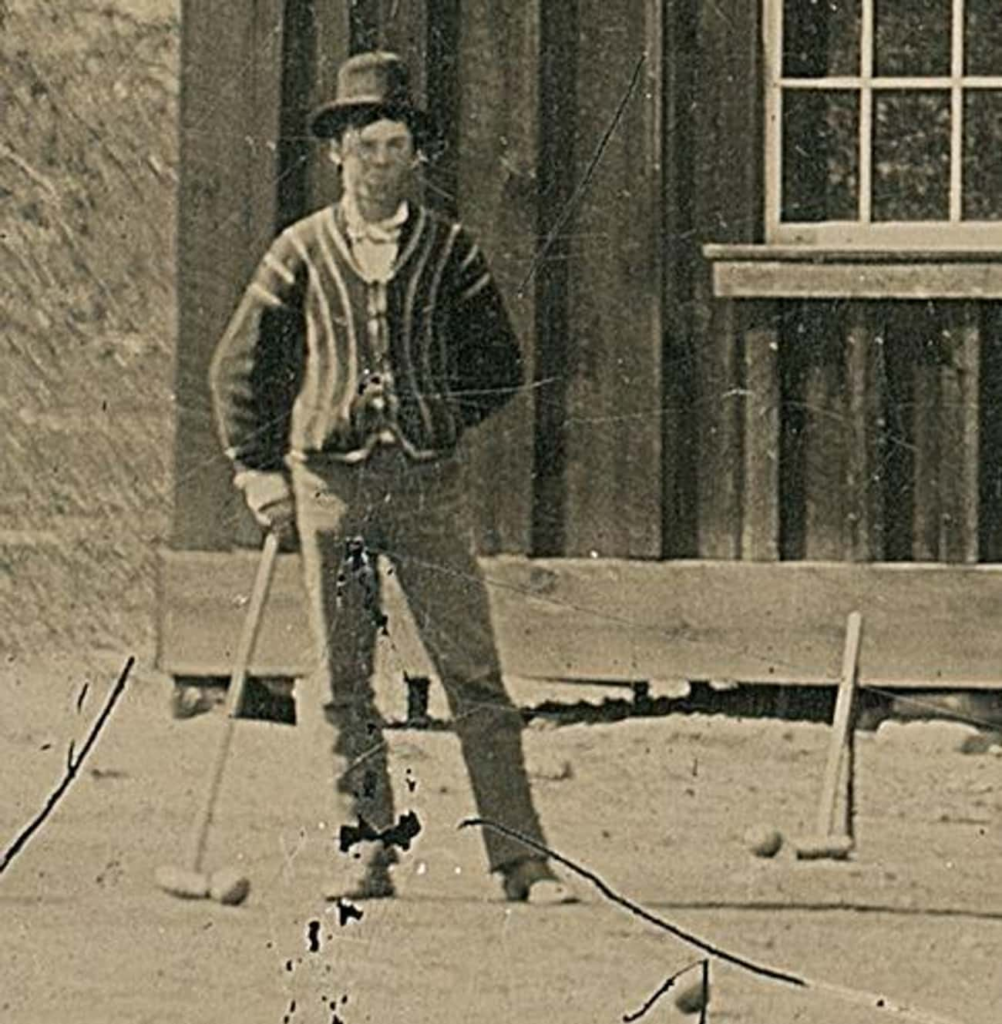
Like many figures of the Old West, Henry McCarty (1859-1881) gained notoriety more through the embellished tales surrounding him than his actual deeds. Initially known as William H. Bonney, he later became infamous as Billy the Kid. Despite his short life of only 21 years before meeting his demise at the hands of Sheriff Pat Garrett in Fort Sumner, New Mexico. This tin-type photograph, discovered among a heap of pictures in a cardboard box at a junk shop in Fresno, California, was unearthed by a collector in 2010. It represents only the second known photo of McCarty in existence. Taken following a wedding during the summer of 1878, the image captures the outlaw amidst his gang, the Regulators, along with their associates and family members.
9. Calamity Jane

You might recognize the historical figure Calamity Jane from the popular movie bearing her name, but Martha Jane Canary, the real woman behind the legend, was quite a character herself. A frontierswoman, storyteller, and sharpshooter, she gained fame as a close companion of Wild Bill Hickok. Jane frequently appeared in Buffalo Bill’s Wild West show and at the Pan-American Exposition in 1901. Captivating audiences with her remarkable marksmanship and captivating tales. Jane earned her nickname due to her unconventional appearance; she often dressed in men’s clothing and was reputed to bring “calamity” to those who crossed her or sought her affection.
10. Daniel F. Bakeman, The Last Surviving Soldier Of The Revolutionary War
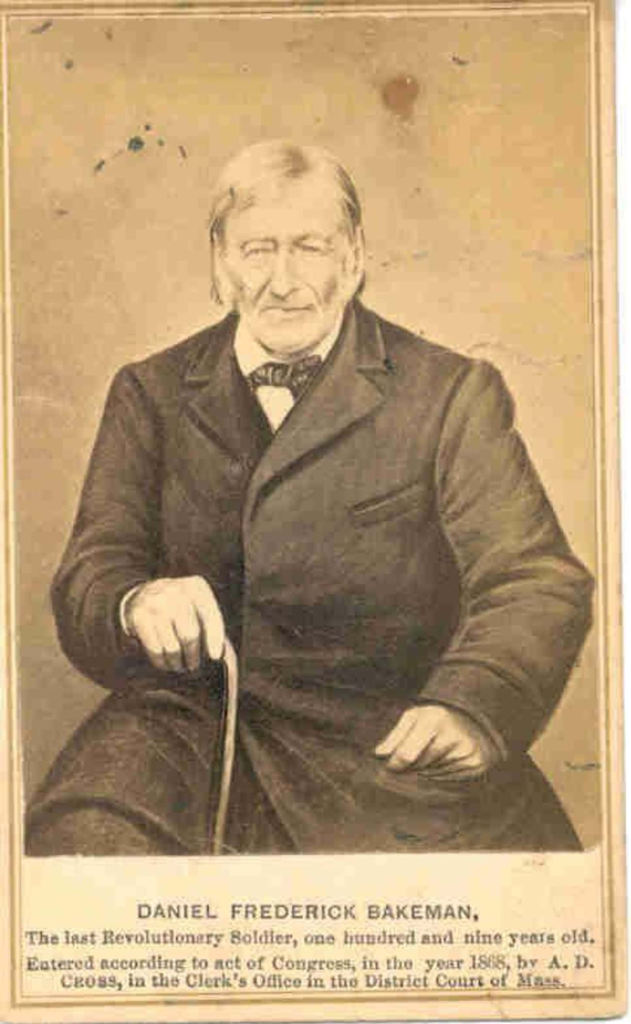
Daniel F. Bakeman (1759-1869) is believed to have been one of the final 14 survivors of the Revolutionary War and notably the last veteran of the conflict to receive a pension. During the last four years of the war, Bakeman purportedly served under Captain Van Arnum and Colonel Marinus Willett. He became a revered figure in his community, especially during significant political events. Every “Independence Day,” Bakeman would rise early, carrying his trusty old musket, and proceed to traverse the neighborhood, firing off salutes while jubilantly exclaiming, “Hurrah!” His presence and spirited commemorations added a poignant touch to the celebrations.
Read More: 12 Photos You Should Always Keep on Your Phone
11. Emily Dickinson

If you’ve ever delved into literary studies, it’s likely you’ve encountered the works of Emily Dickinson. This esteemed poet stands as one of the most exceptional and original voices of her era, though her fame eluded her during her lifetime. Known for her reclusive nature, Dickinson was notorious for her penchant for wearing white attire and communicating with others solely through the door of her bedroom. Following her passing in 1886, a treasure trove of her unpublished work emerged, solidifying her posthumous legacy as a luminary of poetic excellence. Dickinson’s verses continue to captivate readers and scholars alike, ensuring her enduring influence in the realm of literature.
12. President Franklin Pierce
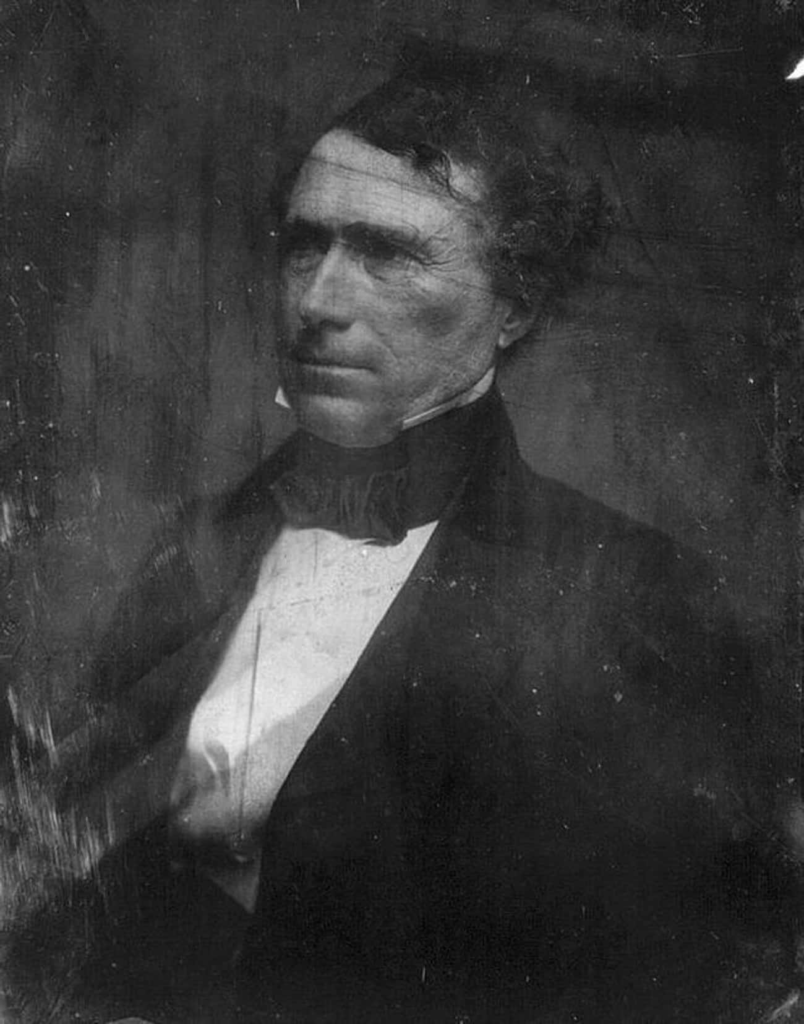
Franklin Pierce (1804-1869), the 14th President of the United States, is often remembered for his challenging presidency. Despite being described as handsome and expressing aspirations for improvement, Pierce faced criticism for his support of slavery, notably endorsing the Kansas-Nebraska Act of 1854. His disagreements with President Lincoln during Lincoln’s term further strained his reputation. Pierce’s tumultuous legacy also included a notable incident where he had to intervene to prevent his house from being attacked following Lincoln’s assassination.
13. Harriet Tubman
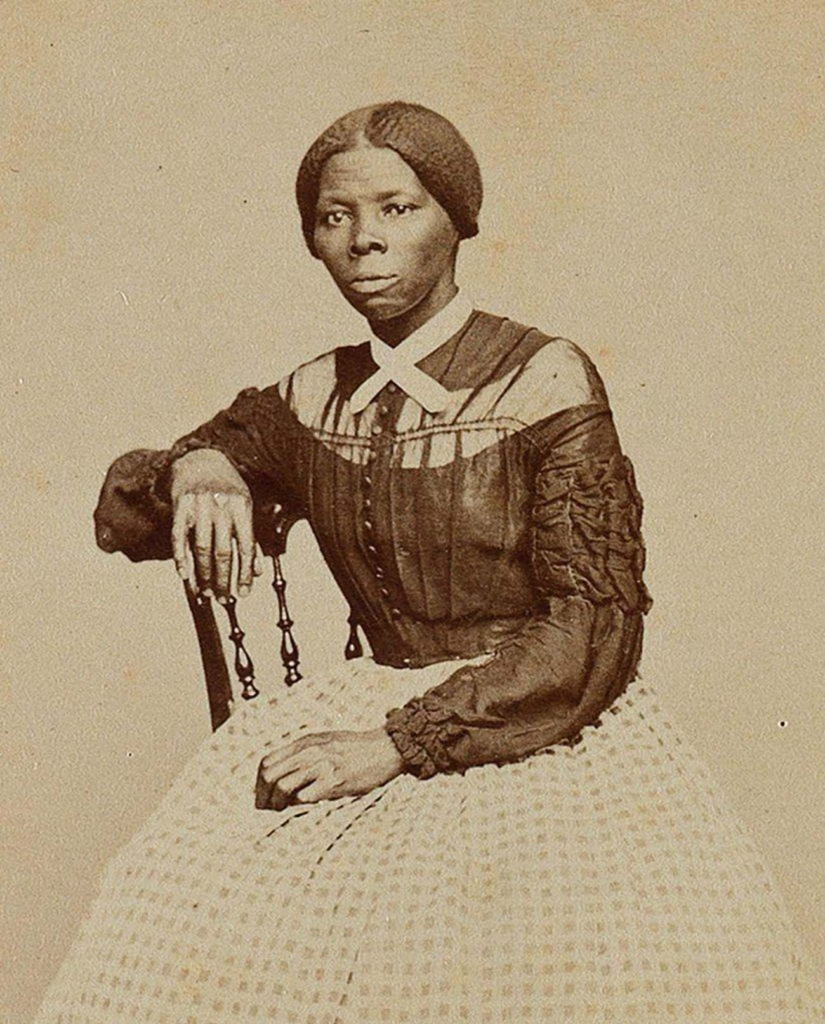
Historical figure Harriet Tubman, a renowned hero in American and world history, emerged as one of the most celebrated figures of her time. Born into slavery in the 1800s, Tubman bravely escaped her own enslavement and dedicated herself to liberating others. Undertaking thirteen perilous missions, she facilitated the escape of approximately seventy enslaved individuals using a clandestine network of abolitionists and safehouses known as “The Underground Railroad.” Tubman’s fearless leadership as a conductor on the Underground Railroad continues to inspire admiration for her extraordinary courage and unwavering commitment to freedom.
14. Frederick Douglass
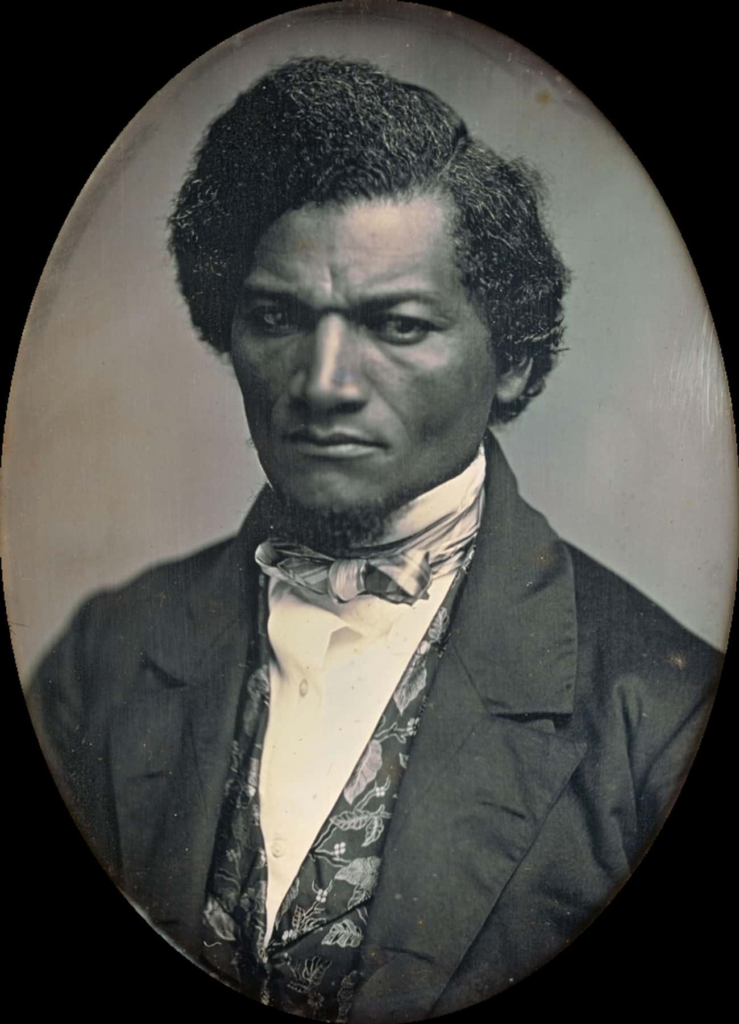
Frederick Douglass (1818-1895), an abolitionist, escaped slavery in Maryland to become a leading social reformer of his time. This daguerreotype, produced by Samuel J. Miller in Akron, Ohio, between 1847 and 1852, holds significance as a testament to Douglass’s strategic management of his public image. Northeastern Ohio, a stronghold of abolitionism, served as the backdrop for this portrait, highlighting Douglass’s association with the movement to end slavery. It is believed that Douglass, cognizant of the impact of visual representation, collaborated with Miller to convey his intensity and resolute character. As noted by nineteenth-century feminist Elizabeth Cady Stanton, this portrait captures Douglass’s imposing presence, described as “majestic in his wrath.”
Read More: 16 Photos Proving That Life in Sweden Is Nothing Like in the Rest of the World
15. Jackie Robinson

Jackie Robinson, born in the early 1900s, made history as the first Black player in Major League Baseball when he debuted for the Brooklyn Dodgers on April 15, 1947. His courageous stand against racial barriers paved the way for integration in the sport. In 1962, Robinson became the first Black person inducted into the Baseball Hall of Fame, solidifying his enduring legacy as a pioneer and symbol of social progress.
16. Helen Keller
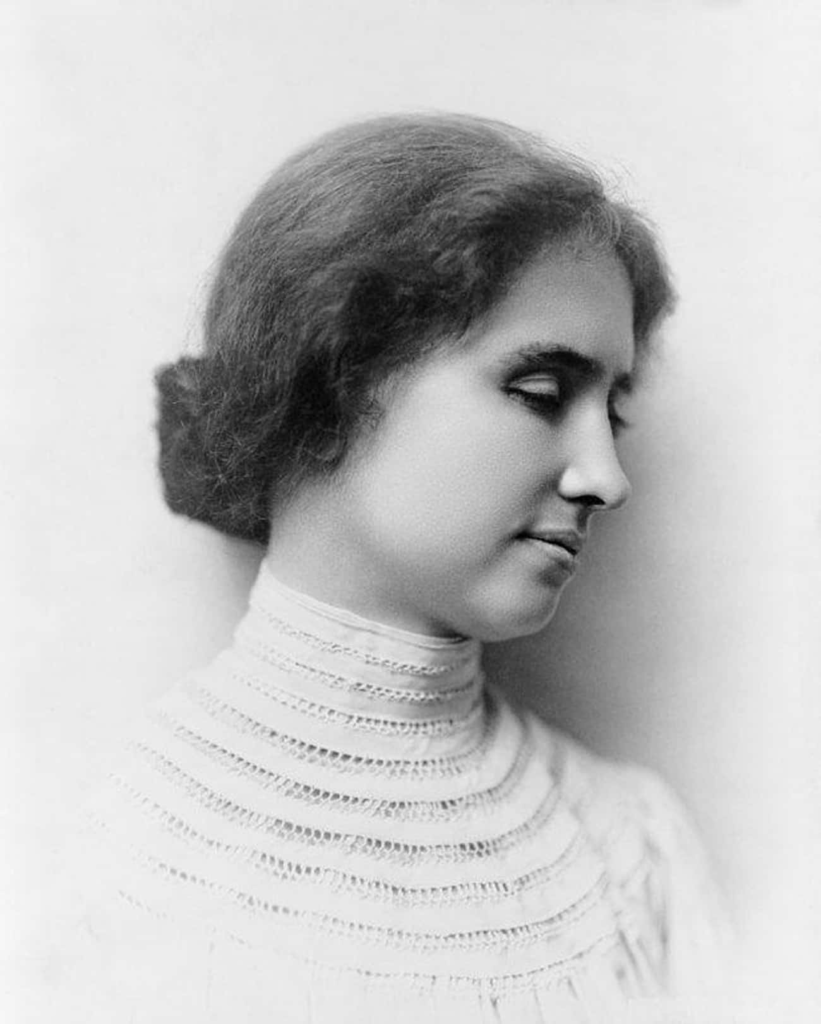
Helen Keller (1880-1968), who lost her sight and hearing at 19 months old, emerged as a prominent activist for people with disabilities, women’s suffrage, and labor rights in America. Renowned as a prolific writer and lecturer, Keller’s influence transcended borders. She was invited to the White House by every U.S. president from Grover Cleveland to Lyndon B. Johnson, reshaping global perceptions of the capabilities of individuals with disabilities. Her legacy remains a testament to resilience, advocacy, and the power of overcoming adversity.
17. Oscar Wilde

Historical figure Oscar Wilde, born in Dublin, is renowned for his wit and literary works such as “The Picture of Dorian Gray,” “The Happy Prince,” “The Selfish Giant,” and “De Profundis.” As a popular playwright and novelist, he was celebrated for his talent and flamboyance. Wilde epitomized the Aesthetic movement and challenged Victorian puritanicalism with his ideas on personal freedom, beauty, and art. His unapologetic defiance provided a much-needed critique of repressive societal norms, earning him a lasting legacy as a trailblazer in literature and social commentary.
18. Isambard Kingdom Brunel
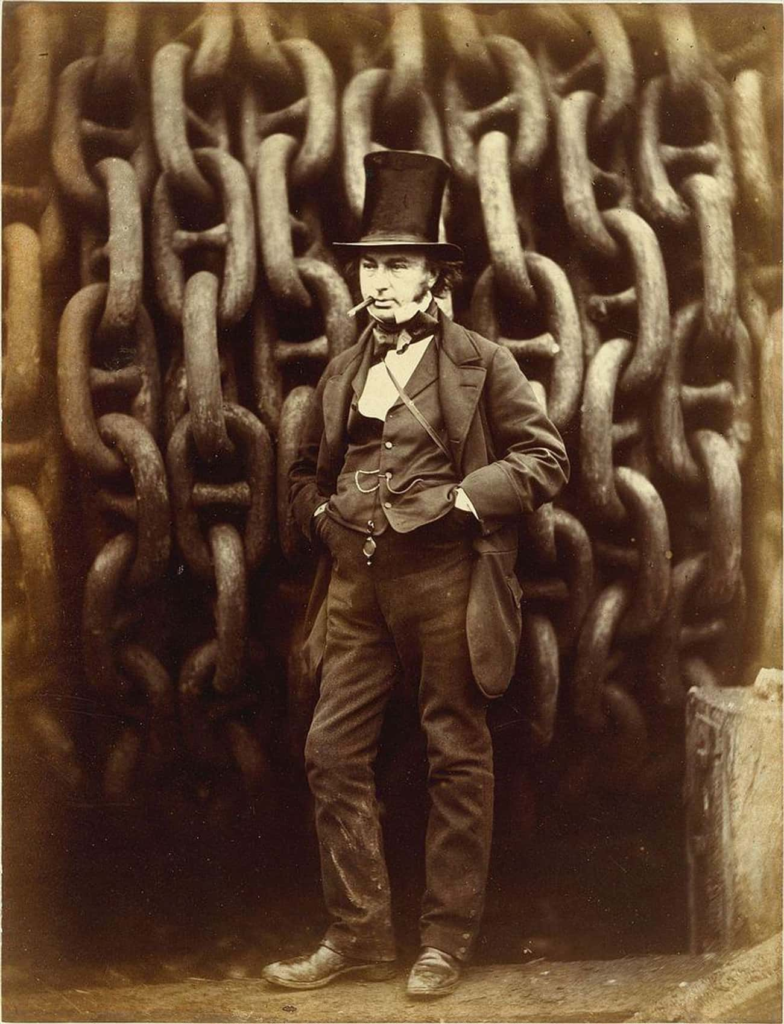
Isambard Kingdom Brunel (1806-1859), ranked as the second “greatest Briton,” was a pioneering 19th-century engineer whose projects transformed the United Kingdom. He constructed twenty-five railway lines, over a hundred bridges (including five suspension bridges), eight pier and dock systems, three ships, and a pre-fabricated army field hospital. This 1857 photograph by Robert Howlett depicts Brunel standing beside the Great Eastern, an iron steamship he designed. Dubbed the “Great Babe,” it was six times larger than any contemporary ship, symbolizing Brunel’s bold engineering achievements.
Read More: The Life Of The Man Who Lives In The Middle Of The Forest In An Abandoned Plane (+ Photos)
19. Geronimo, or Goyahkla
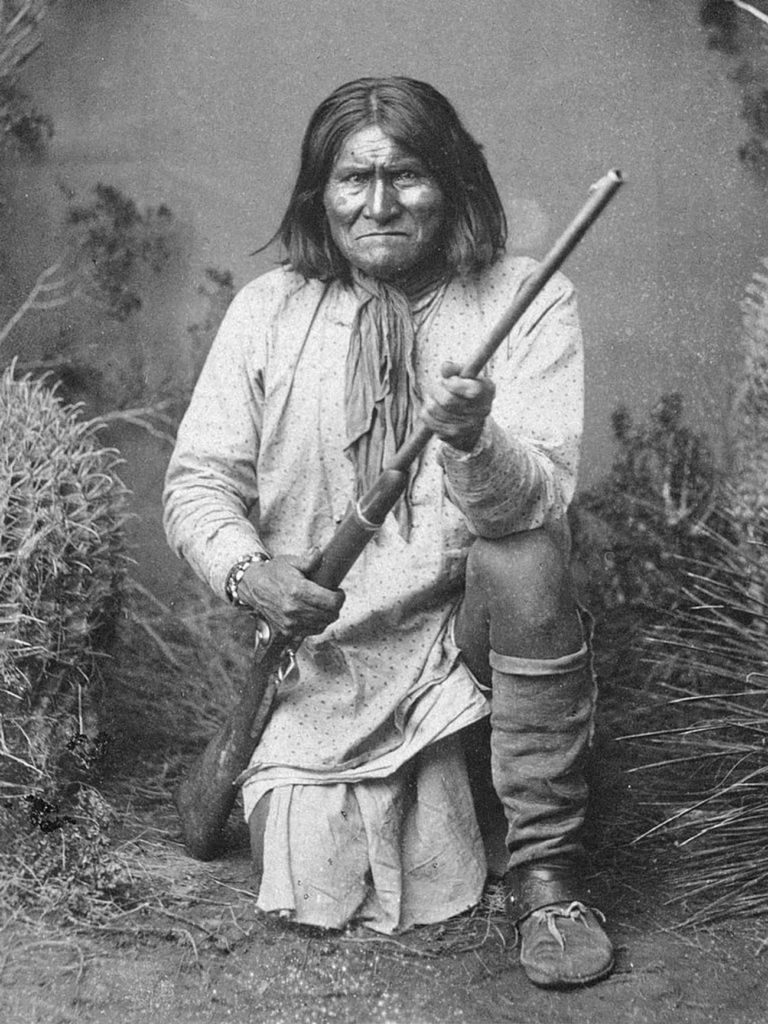
Geronimo (1829-1909), an Apache leader, was once pursued by a quarter of the entire US army. He surrendered as the last Native American leader, spending his final two decades as a prisoner of war. Despite occasional appearances at events like world fairs and President Theodore Roosevelt’s inauguration, his request to return his people to Arizona was refused by Roosevelt, who accused him of atrocities and demanded proof of good behavior on the reservation.
20. Grigori Rasputin
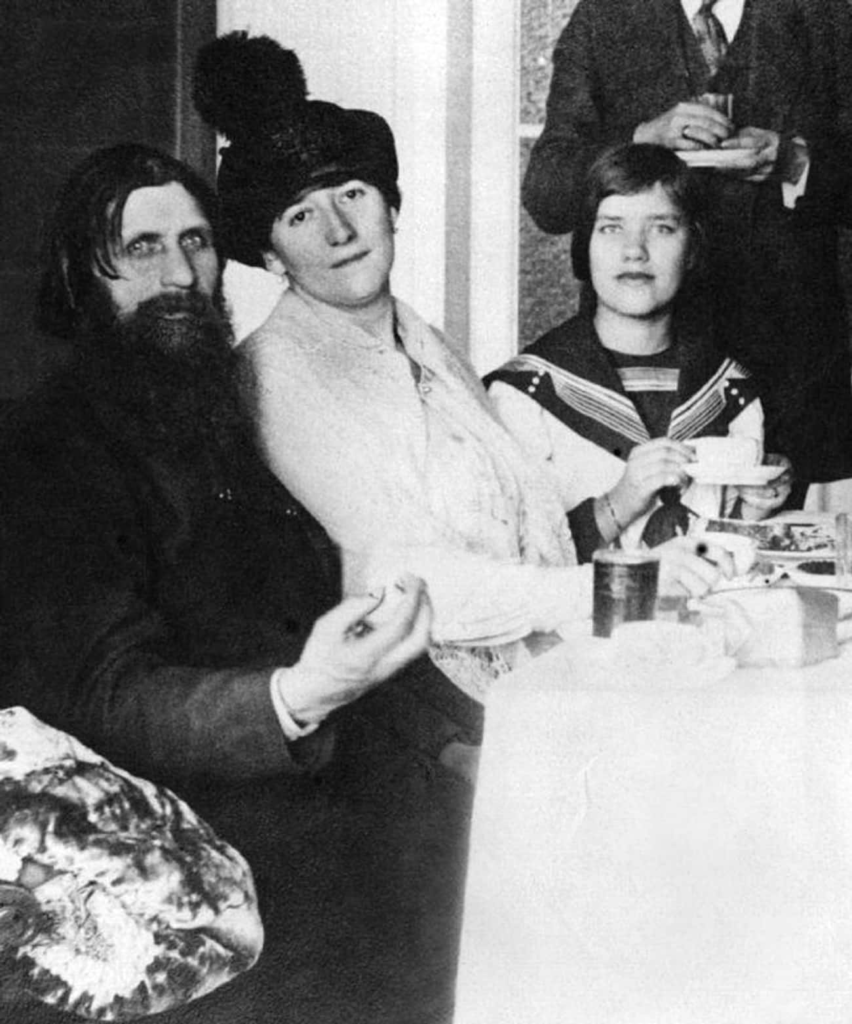
Historical figure Grigori Rasputin (1869-1916) remains shrouded in myth and reality. Regarded as a mystic, and rumored to wield clandestine influence over the Russian monarchy, he survived multiple assassination attempts until he was ultimately killed by Prince Feliks Yusupov and conservative conspirators. In this image, Rasputin is seen with his wife, Praskovia Dubrovina, and his eldest daughter, Maria, in St. Petersburg. Surrounded by his devoted followers.
Read More: 20 Unnerving Photos Of Nature That Made Us Want To Stay Inside Forever
